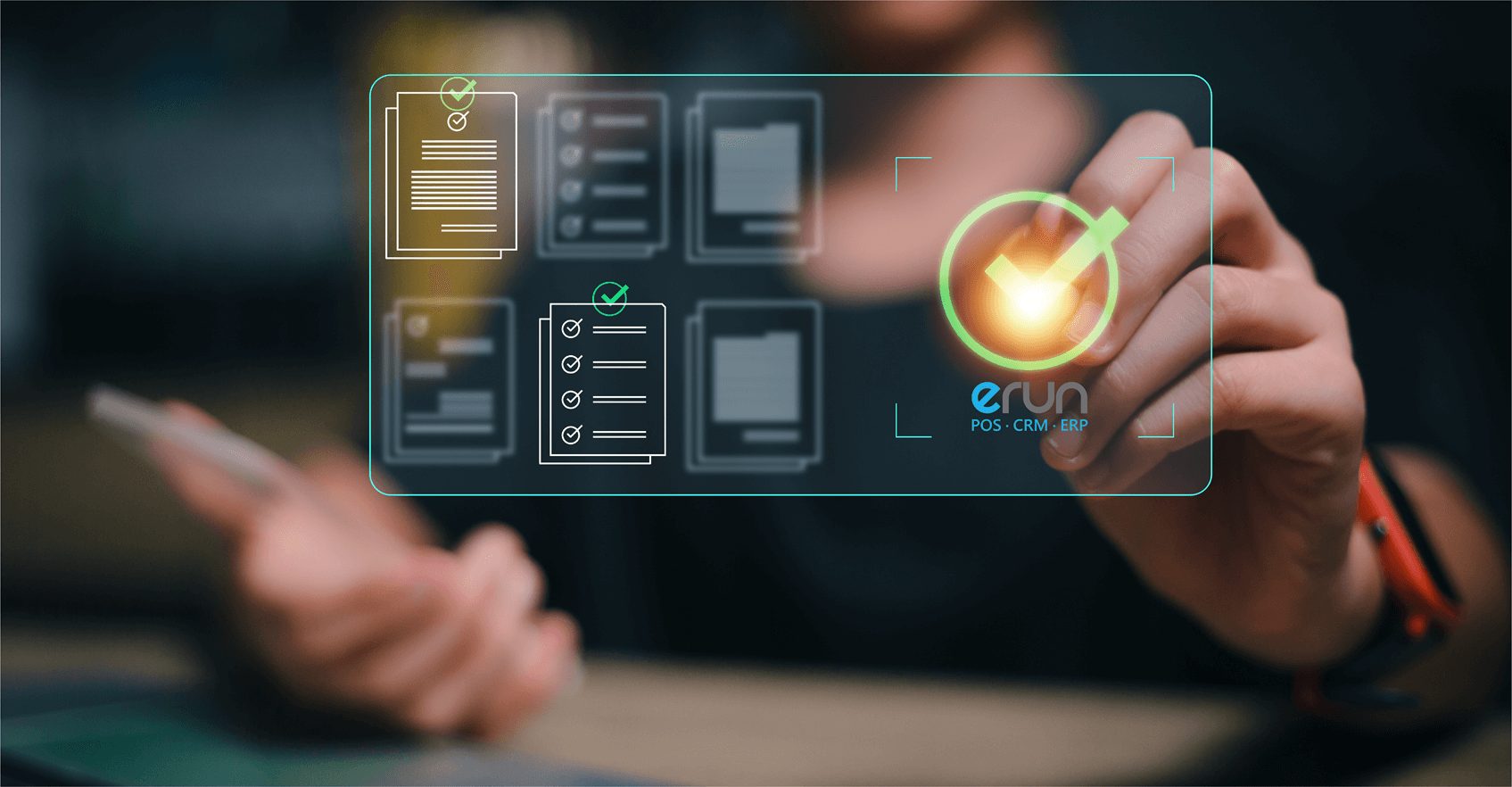How Do Chain Retail Enterprises Pick The Right Backend System?
Retail firms aiming for streamlined operations and continual expansion rely on intelligent POS backend management systems.
The POS backend functions as the central operational hub, managing data from multiple stores, tracking sales in real-time, analyzing customer behavior in detail, optimizing the supply chain, and handling inventory. It enables targeted marketing, boosts operational efficiency, and reduces unnecessary costs.
In picking the right POS backend system, companies should evaluate essential factors to ensure it meets their needs and grows with their business.
One-stop solution to simplify operations and improve efficiency
A top-tier backend system integrates comprehensive transaction processes, inventory management, and cost control mechanisms, along with efficient POS and member management functions, offering enterprises a unified solution. This simplification streamlines operations, ensures seamless business operations, and drives efficiency gains.
Robust API integration for seamless merging of business data.
The backend system should feature a wide range of API interfaces to facilitate seamless integration with third-party online stores, ERP systems, or financial management systems. This capability enables enterprises to achieve smooth data synchronization across platforms and systems in real time, enhancing business efficiency and data integration capabilities during operational upgrades or business expansions.
Highly scalable and able to grow with the enterprise’s development
Scalability serves as a vital measure of a backend management system’s quality. A highly scalable system not only enables synchronized and unified management across multiple stores, improving overall operational efficiency and collaboration capabilities, but also allows for the flexible addition or enhancement of functions to meet the evolving needs of the company, ensuring that the system continuously aligns with the company’s growth and business requirements.
Comprehensive data analysis enhances decision-making capabilities
When selecting a backend management system, prioritize solutions that incorporate comprehensive data analysis. Such a system can offer multi-dimensional data reports on purchases, sales, inventory, customer consumption behavior, and more for individual shops or consolidated summaries. Additionally, it can provide robust decision-making support for corporate management through detailed analysis.
Capability to undergo risk assessment to guarantee system security
System security is equally essential. A top-tier backend management system must undergo security risk assessments, feature a robust security protection mechanism, ensure secure payment functions, provide regular updates and patches, and promptly address security vulnerabilities to counter evolving cyber threats.
Provide technical assistance and training
Finally, when selecting a vendor, verify their ability to offer comprehensive technical support and training services to ensure the seamless functioning of the backend system, thereby aiding the company in enhancing operational efficiency. Simultaneously, a superior system design should prioritize user experience and aim for utmost user-friendliness, enhancing convenience and efficiency in operations.







